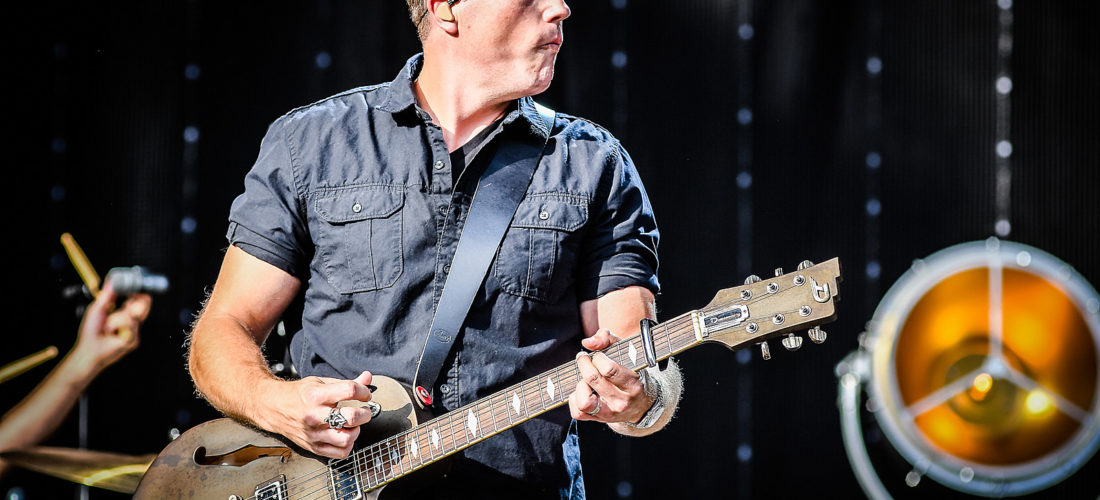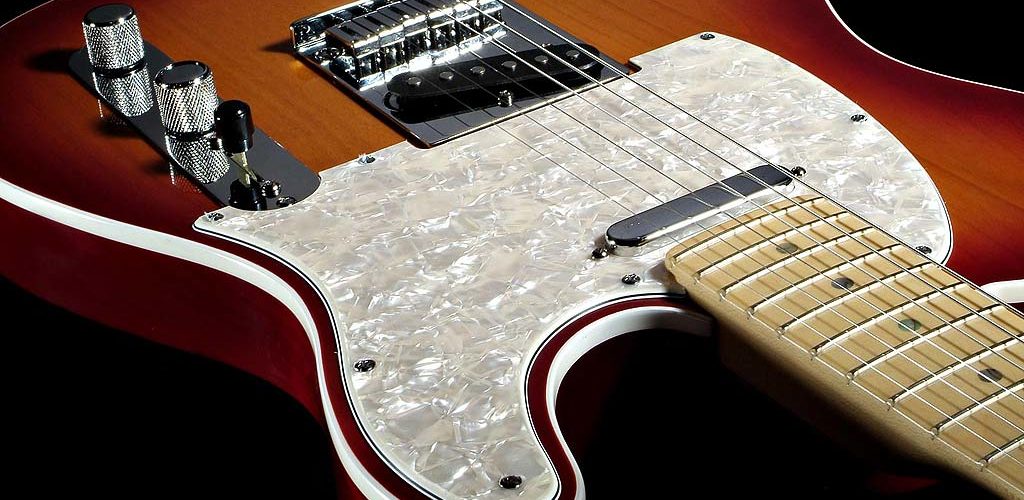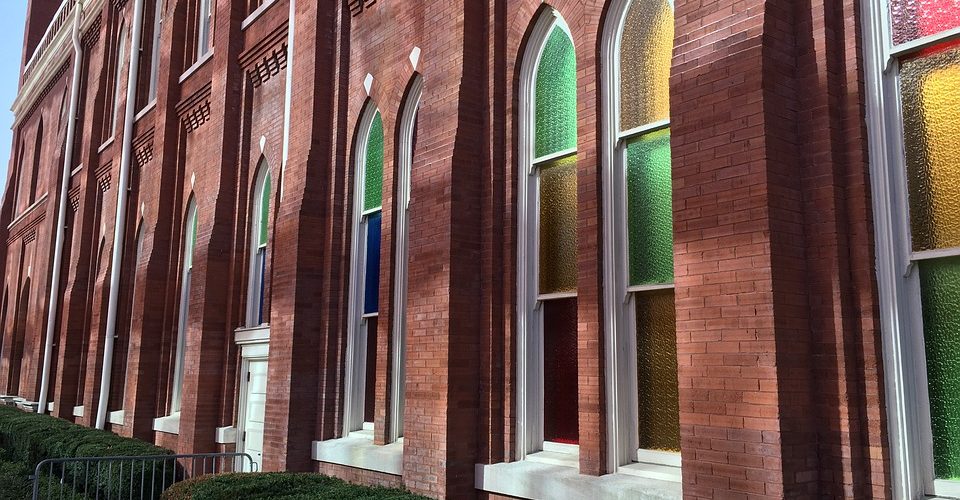There are few artists as inspiring as Jason Isbell. To overcome so much, to be so talented, and to rise to a level of recognition that brought the Americana genre mainstream, it is my honor to write about Jason in my blog. Enjoy!
American guitarist, singer, and songwriter spent six years with Drive-By Truckers, Southern rock outfit. In 2007, he left the group and started his solo career. During the tenure with Truckers, Isbell honed his skills of songwriting. In “Sirens of the Ditch” and in “a bluesy,” he funneled his talents of songwriting, and in 2007, Southern Swagger and a punk-infused lesson in guitar tones marked his solo debut. Newly re-energized and sober, Isbell started attracting a significantly wider audience for his concerts, and Isbell’s successive studio albums The Nashville Sound and Something More Than Free reestablished his status at the roots music scene as the best songwriter.
In 2007, after separating his path from Drive-By Truckers, he launched his solo career without wasting any time and a group of songs he had been planning for years created the foundation for Sirens of the Ditch that was co-produced by Patterson Hood who was DBT’s front-man and also featured Shonna Tucker on bass and Brad Morgan on drums who were former bandmates.
Isbell performed more than 200 shows for several years he took a break in 2010 and returned to northern Alabama, his home. By recent downturn of the economy, his home had been hit badly inducing Isbell to write the latest set of songs regarding barflies and war vets and this resulted in the production of Here We Rest released in 2011 and in 2012 his work Live from Alabama was recorded in Birmingham at Work-Play Theater and at the Crossroads, Alabama. Recognizing his sobriety, Isbell created an album of redemption and haunting atonement, the impressive and sparse Southeastern which released in 2013. Southeastern was a smash with commercial success and critics that took Isbell to a broad and new audience.
Isbell issued a video release “Live at Austin City Limits” in 2014. In the same year, to record the follow-up for Southeastern, Isbell returned to the studio. Something More Than Free came out in result in July 2015 and won the Grammy Award in the following year for the best American album. The Nashville Sound’s first single “Hope the High Road” was released in March 2017 by Isbell which finally arrived in June. Credited to the 400 Unit and Jason Isbell, compared with previous two efforts of Isbell, the album was more band-oriented, boasting a more extensive and more musically variegated sound. The 400 Unit and Isbell at Nashville’s Ryman Auditorium in 2017, sold-out-six-night-stand was played by them. And in October 2018, a souvenir of a 13-song concert, Live from the Ryman was released.



